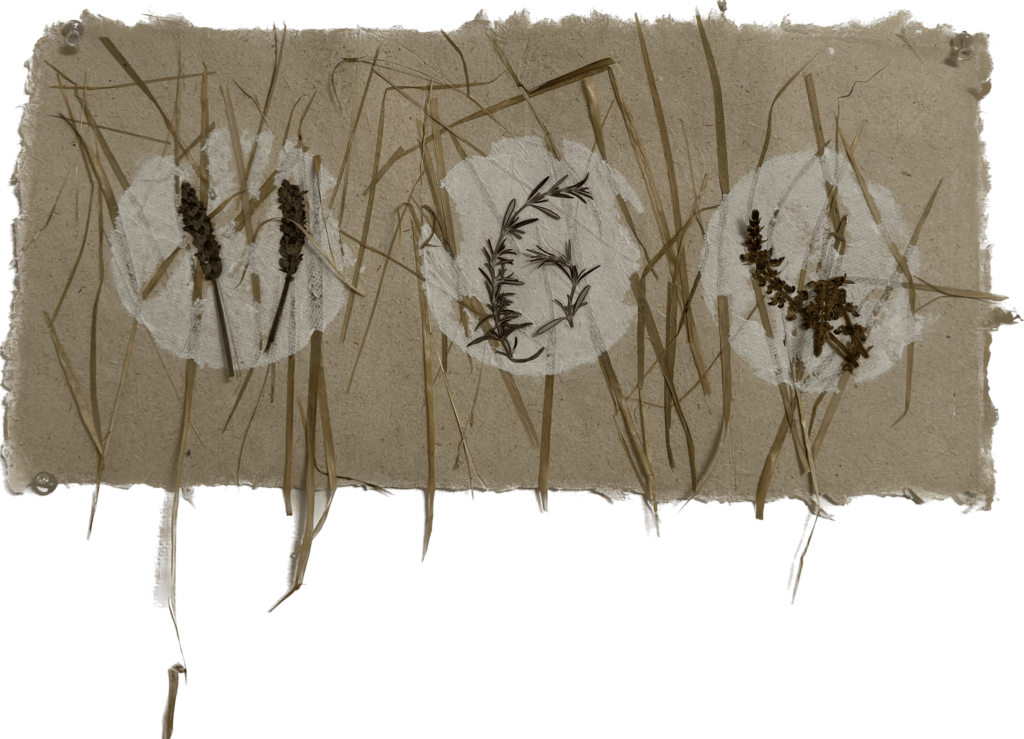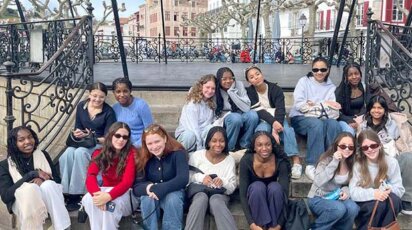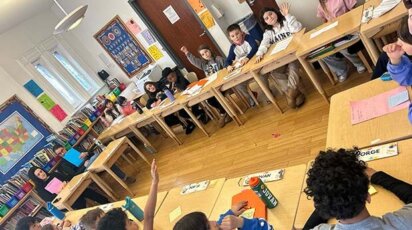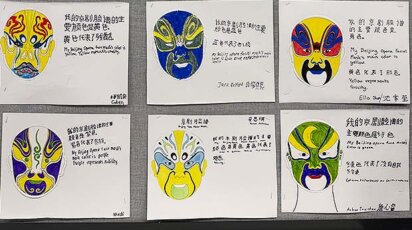News
More Enriching Summer Professional Development
All of Poly’s faculty are lifelong learners. During the summer, as we have reported, our teachers traveled throughout the U.S. and internationally, as well as participated in courses of higher learning right here in New York City or online. Below, we offer a few more examples of how our faculty have pursued their love of learning, and how they plan to share what they have experienced this summer with their students. Annual Giving provides the funding for many of these faculty professional development opportunities.
Head of Middle School Dan Doughty
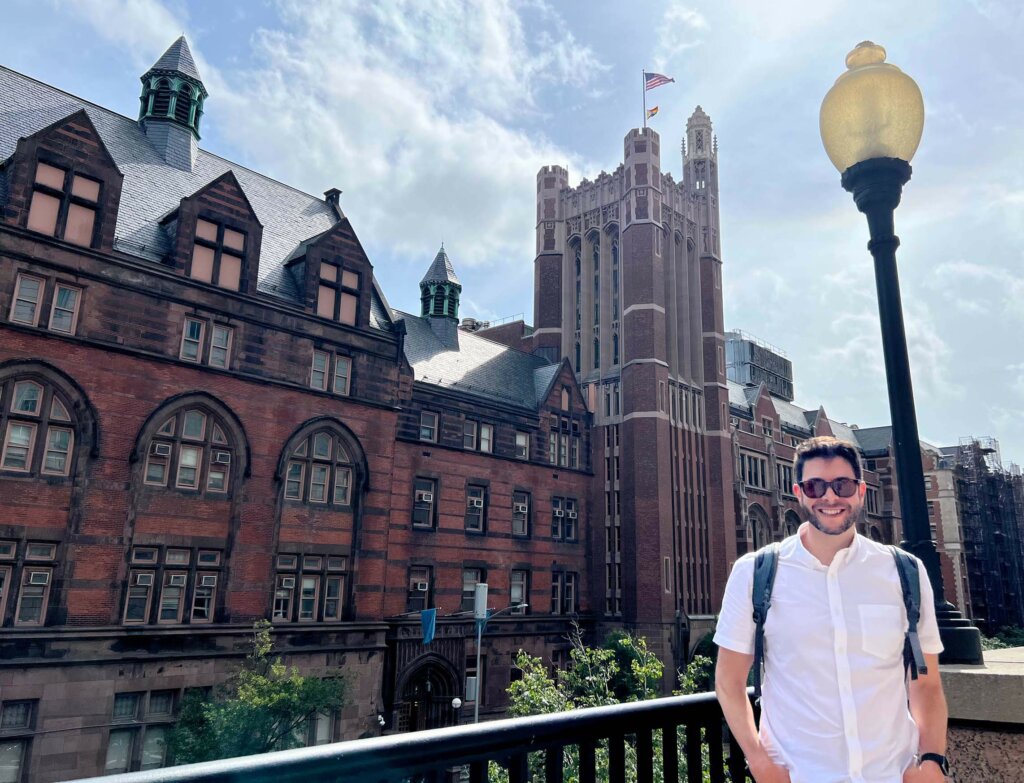
This past summer, our new Head of Middle School Dan Doughty participated in the first summer of a two-year M.Ed program in Independent School Leadership at the Klingenstein Center, part of Teachers College at Columbia University. “The program lasted five weeks, with daily courses from 10:00 AM to 5:00 PM,” Doughty said. “The program follows a cohort model, so the 55 members were in all classes together this summer and next. The cohort was made up of teachers and school leaders from independent schools around the world.”
“The program explored many philosophical and theoretical frameworks, and as a group, we worked on how to apply these frameworks to issues and situations found in independent schools.” Doughty explained. “The topics ranged from Ethics and Leadership, Listening and Public Speaking, Organizational Development, Technology in Educational Leadership, and Data Collection and Research Methods. The combination of high-level, theoretical thinking and detailed problem-solving gave me many tools to use in my work at Poly.” He added, “The cohort itself has been an invaluable takeaway, providing a close-knit community of school leaders ready to share their various experiences, skills, and support.”
“At the moment,” Doughty said. “I have more ideas than I can use in one year. I am excited to apply some of the frameworks from my Technology and Organizational Development classes to situations we face at Poly. I plan to use the ethical frameworks I learned to better make tough decisions. And throughout the year, I will be engaging in research for an ongoing project. I plan to use this opportunity to provide information that can be helpful to the Poly Community.”
Upper School World Languages Teacher Maité Iracheta
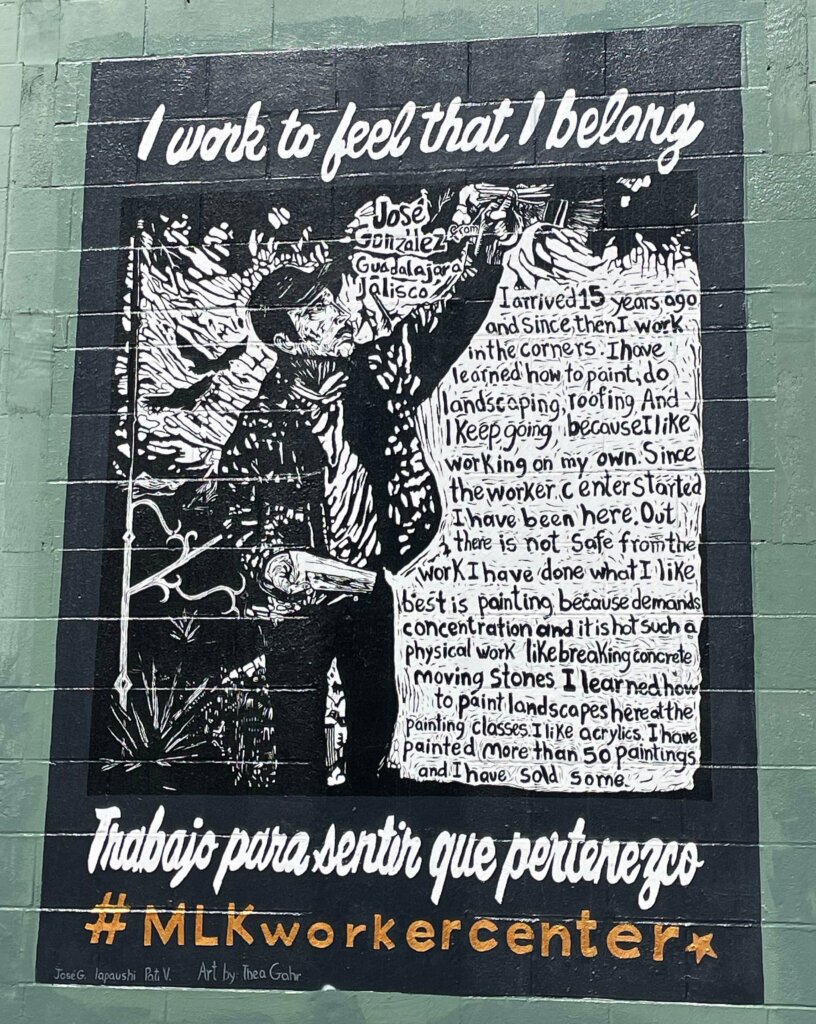
Spanish teacher Maité Iracheta took a roadtrip across the northwest U.S. and back this summer. “My goal was to explore to what extent the presence of a Spanish-speaking population was visible along the road,” Iracheta said. “The trip became 7,000 miles of school with surprising lessons on land history, demographics, and car radiators.” She continued, “In the rural roads on the Upper Michigan Peninsula, I met a Mexican woman, Tole, who was selling cherries. She had immigrated from the state of Guerrero and raised a family in the cherry farm where she was now the second in command. In Minneapolis, I bumped into a cheerful Latin American market, reflecting the profile of the Hispanic communities that live there. In Boise, I met some members of a large community of Basques whose ancestors had immigrated back in the 19th Century when Idaho was in need of fearless shepherds. In the rodeo shows of Wyoming, a number of the bull riders were Latinos.”
“The most unexpected event of the trip happened in the Crow Reservation in eastern Montana,” Irachets said, “at the edge of the Great Plains and the preface of its majestic mountains, where the population is dramatically scarce. At a little store by the one-lane road that was run by three Apsáalooke cousins, I found paletas “La Michoacana” in the ice-cream freezer, the popsicles that I used to love growing up in Mexico. I asked the cousins if they knew Mexican people in the area, and they pointed at one of the few houses in the deserted village and said: ‘One used to live there, but he left.’ Maybe he was working in the farmlands, perhaps in the slaughterhouses. Invisible; nonetheless, present.”
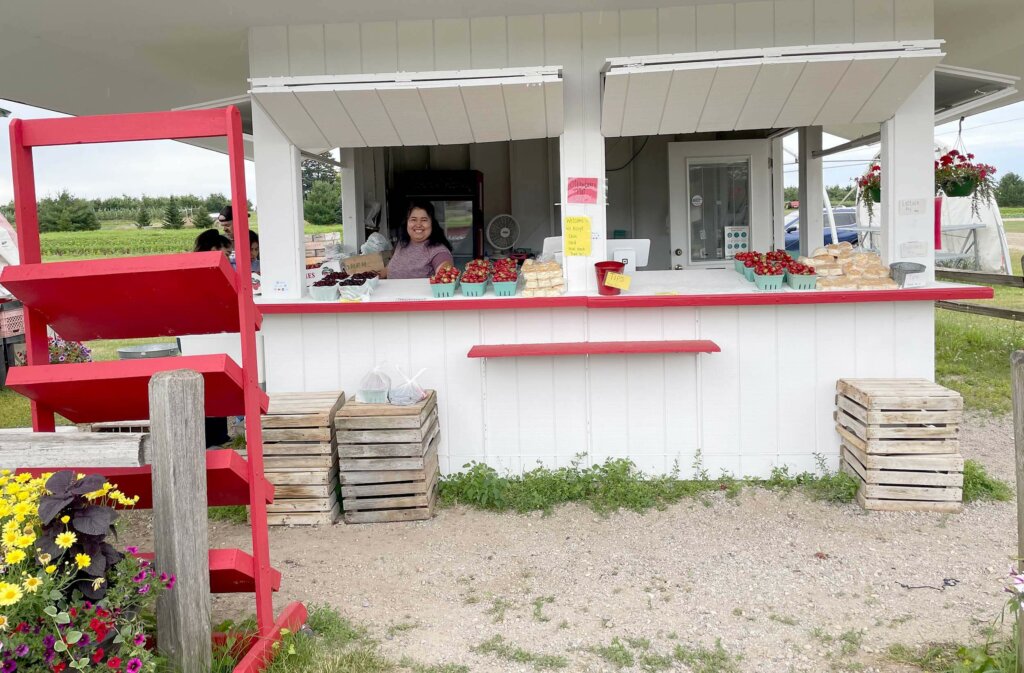
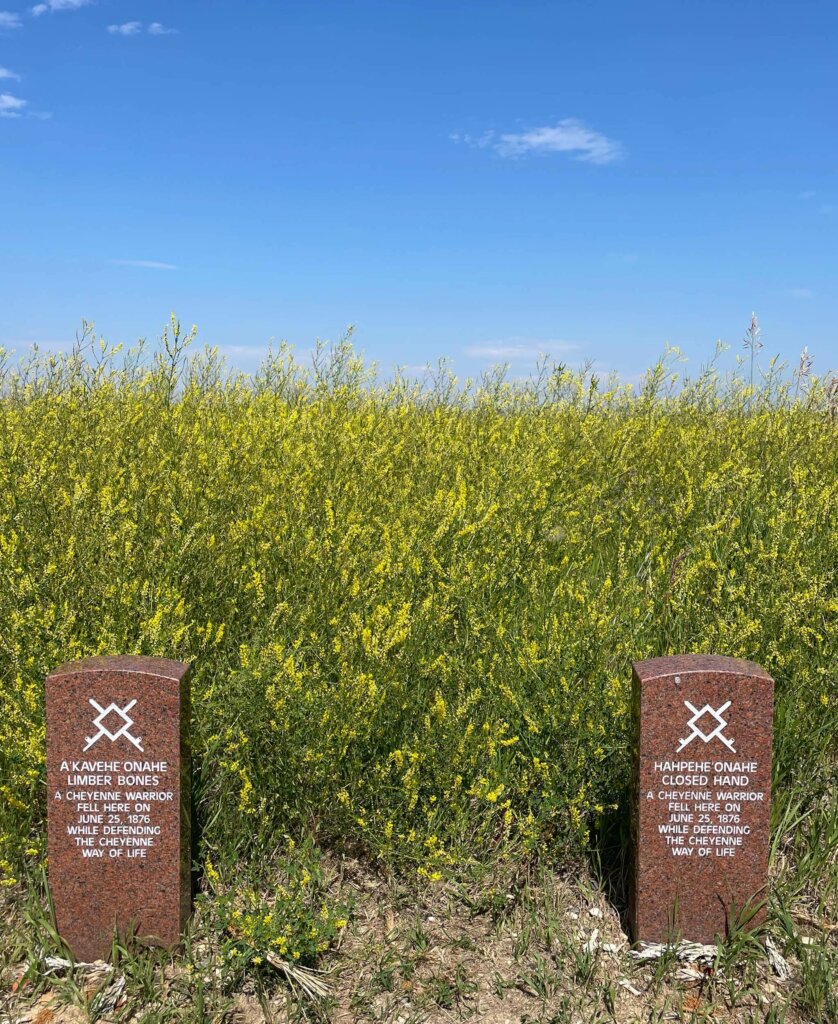
“As for the landscape’s astounding unwrapping,” Iracheta continued, “my trip was nothing short of epic — and a gift. What would Don Quijote have done with the maddening sequence of eolic turbines? Maybe 21st Century children will start counting them for sleep instead of sheep. I’ve only begun to dip in on my quest to comprehend the configuration in nature and human terms of what fits in four time zones between the Atlantic and the Pacific oceans. And even though some patterns were consistent along the road, especially when approaching a medium-size town, the vastness of the geography and the sky above called for endless possibilities. I was grateful to the buffalo, the tatanka, for having hung in there after all. Stunning survivors. In my syllabi, humans and nature are now at the forefront, and even though I won’t lose track of what’s in our social and political rearview mirror, I want to focus on the wide windshield of my students’ bilingual future.”
Upper School Math Teacher Linda Russo
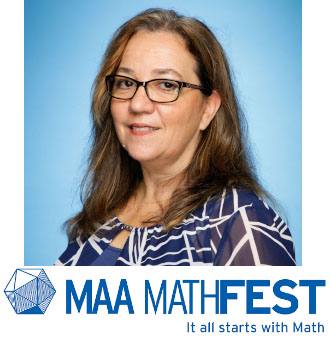
Linda Russo attended the Mathematics Association of America Summer MathFest Conference in Florida. According to their site, “Every summer, MAA MathFest presents the latest in mathematical research and education to diverse audiences across the nation.”
Russo’s intended goal “was to expand the strategies she utilizes to promote inclusivity in her Upper School mathematics classes.” She shared that “the conference was a thought-provoking experience,” and reported learning results beyond that of her original intent.”
Russo shared a few outcomes from her participation in the conference:
- I collaborated with a wide range of individuals. We discussed and identified methods for promoting inclusivity in STEM classes.
- I have a heightened awareness regarding barriers various individuals experience.
- I have an improved sense of what colleges and universities are seeking regarding what makes a ‘well-prepared math student.’
- I revisited some key ideas regarding the importance of statistics and writing in upper level mathematics courses.
- I have new ideas on how to expand on the work I did last year with our “Math DEIB” bulletin board.
Upper School Counselor Anais Kingsberry
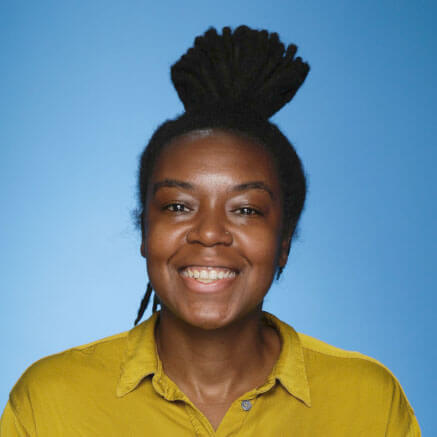
This past summer, Upper School Counselor Anais Kingsberry, through review of related counseling resources, literature, and a seminar, “explored how a person’s understanding of their nervous system can improve their social-emotional well-being.”
“The most significant takeaway,” Kingsberry said, “was that a person’s physiological state largely determines their psychological, physical, and behavioral responses to their environment. Through practice, a person can learn to identify features of the environment, which help them to feel safe as well as how to regulate their nervous system when feeling unsafe. A calm physiological state enables a person to learn, create, and connect with others.”
At Poly, Kingsberry explained, “I will use my research findings to further support students in handling the challenges of daily life—including managing their academic workload; balancing academic, extracurricular, and social commitments; and navigating conflict in peer relationships.”
Visual Arts Teacher Adina Scherer
Upper School Visual Arts teacher Adina Scherer took part in a combination of art-making programs this summer. One was a weeklong paper making workshop with an Indigenous paper making artist Mikayla Patton at the Women’s Workshop with a group of other art teachers from across the country.
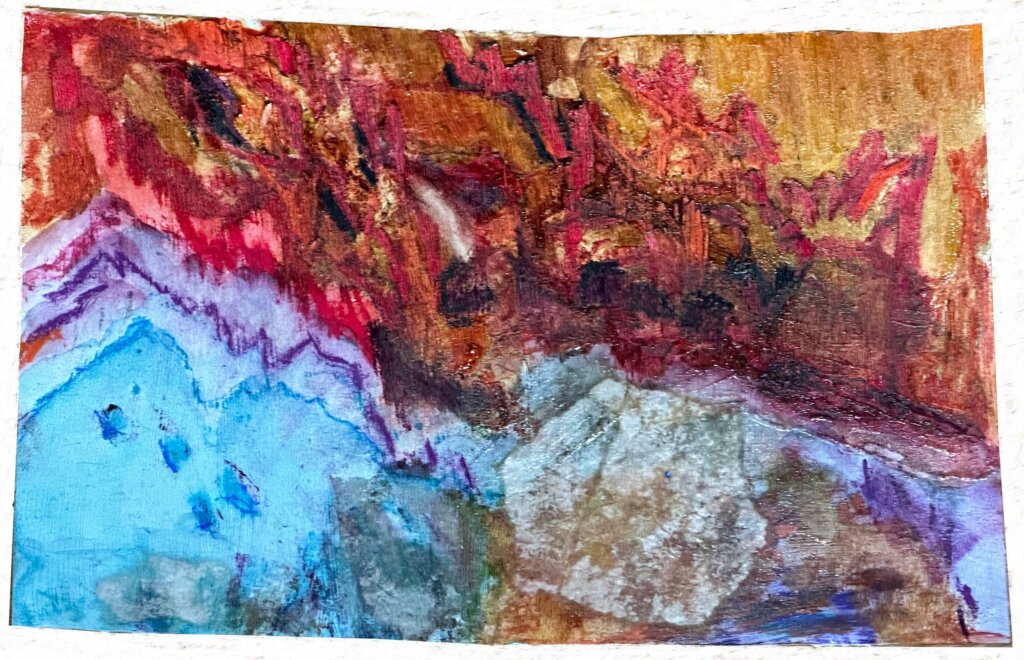
Mixed Media experimenting with transparent media.
Adina also learned how to make photographic polymer printmaking plates at the Zea Mays Studio and says she “expanded my personal art practice to include this new medium.” She also took “a class about abstraction, transparency, and radiance with an array of paint mixed media at the Woodstock School of Art.”
What did Adina take away from these great experiences? “There are so many variations of how papermakers make paper images, each artist’s personality and interests shown through their unique work. I built a new skill set working sculpturally as well as 2D.”
“My personal work expanded and moved into new territory,” she added. “I have so much to explore with the marriage of photographic images as intaglio prints.”
This year Adina plans to “bring a new passion for the variations in students’ creative expressions, play around with abstraction, and bring the intaglio printing to another level that incorporates personal choices and Indigenous influences.”
